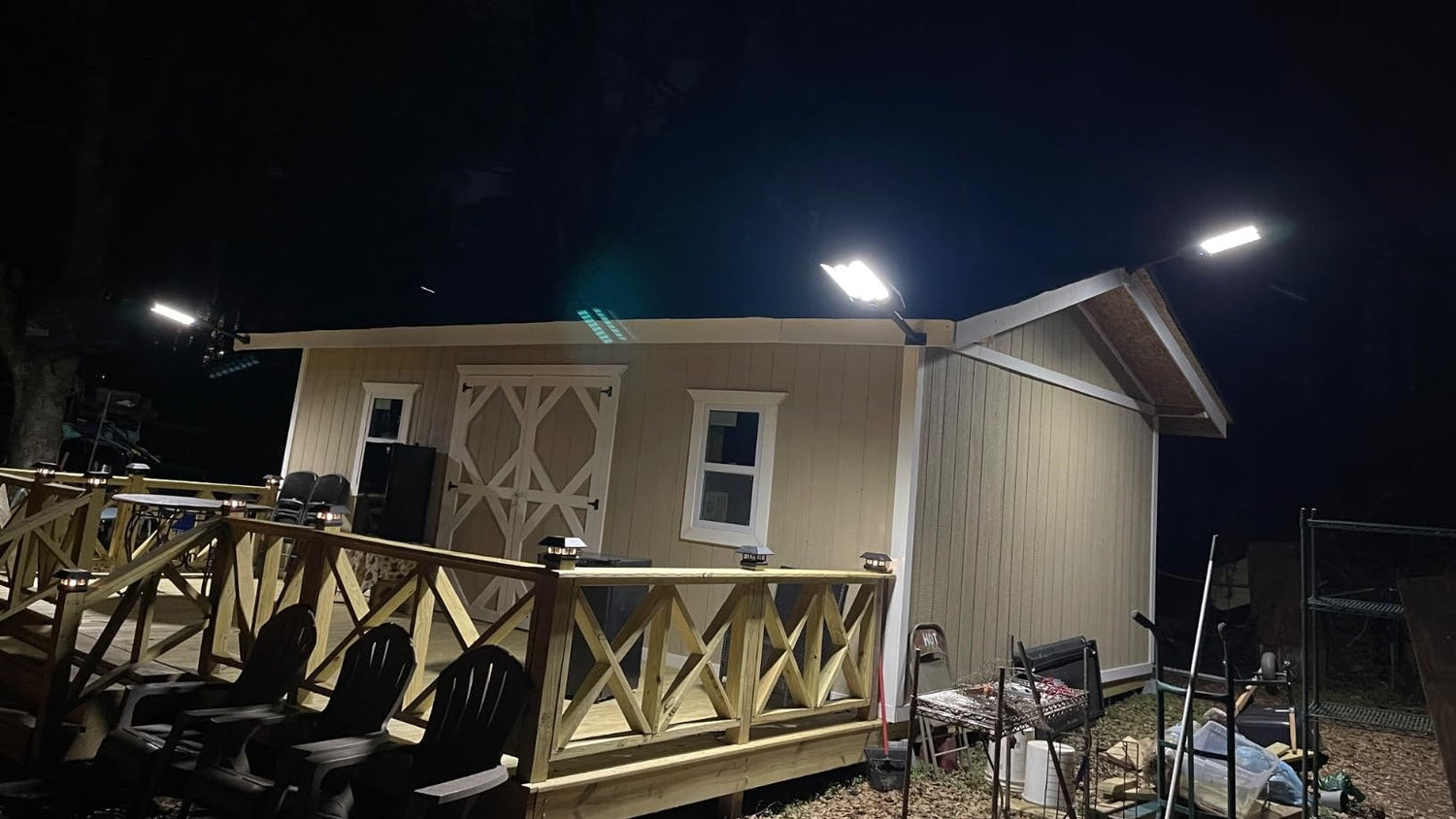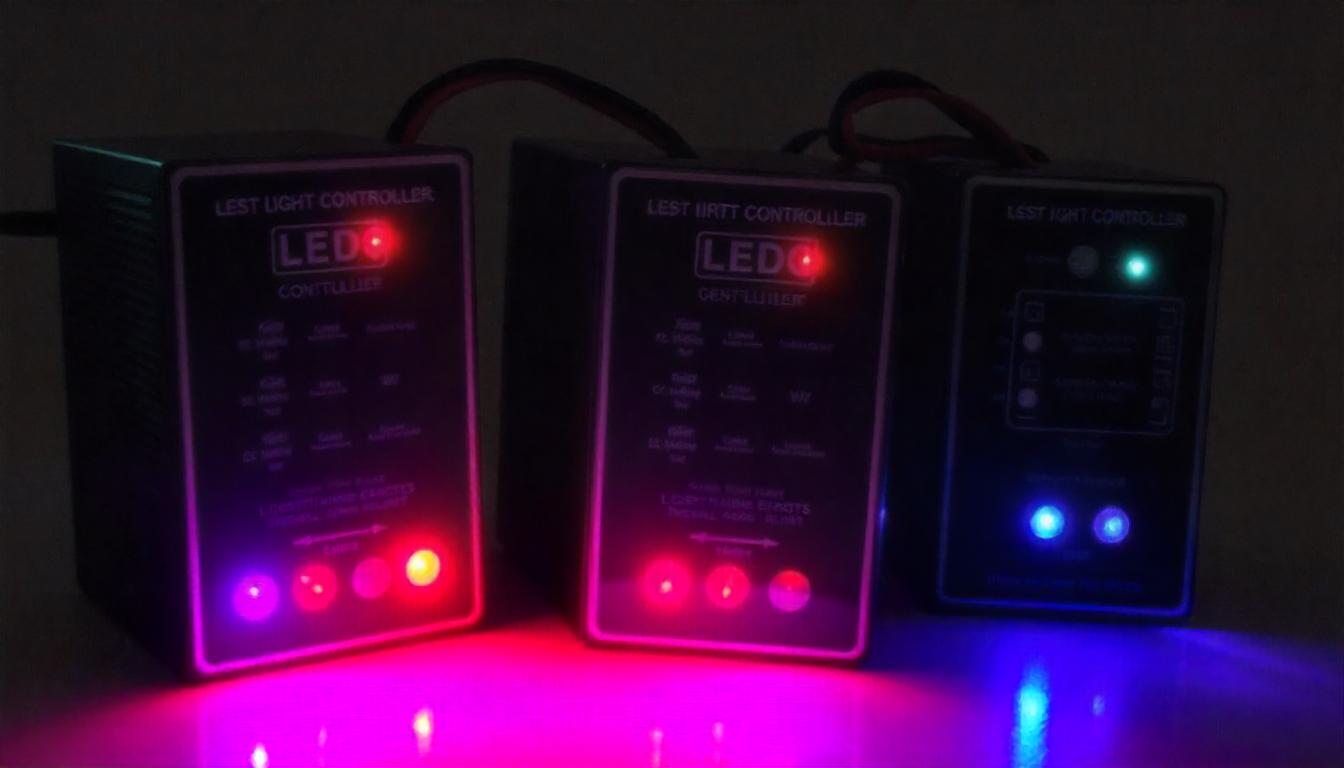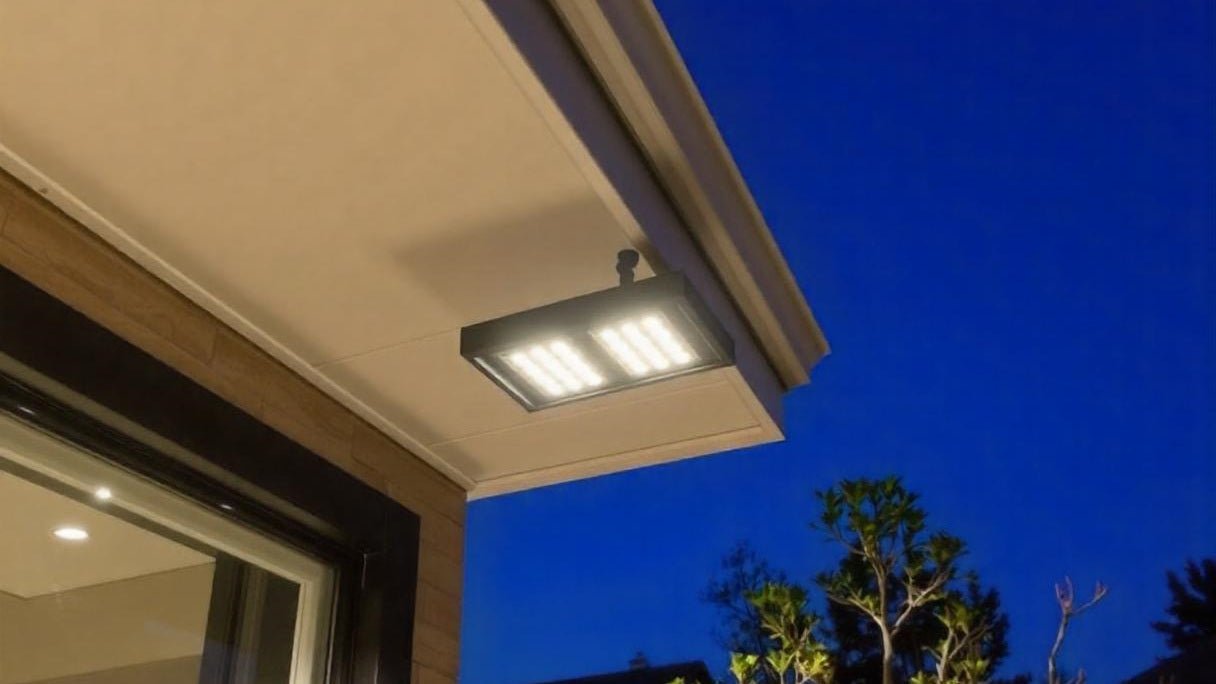When planning to install multiple LED light fixtures, especially 4-foot LED light fixtures, it's essential to understand how many fixtures can safely be connected to a single electrical circuit. This knowledge is crucial for ensuring the safety, efficiency, and longevity of your lighting system. In this article, we'll explore the factors that determine how many 4-foot LED light fixtures can be placed on one circuit and provide some guidelines to help you make informed decisions.
Understanding Electrical Circuits
An electrical circuit is a path through which electricity flows. In most residential and commercial buildings, circuits are rated at 15 or 20 amps, and the number of fixtures you can install on a circuit depends on the total load or wattage of all the fixtures combined. The circuit's breaker protects it from overload, shutting off power if the total load exceeds the breaker's rating.
LED lights, including 4-foot LED light fixtures, are highly efficient and consume significantly less power than traditional incandescent or fluorescent lights.Such as Hykoont SZ300 400W Commercial Solar Street Lights has 60000LM High Lumens for outdoor areas,powered by cutting-edge 5054 LED chips SZ300 solar street light delivers unparalleled brightness and energy efficiency. It’s perfect for illuminating large outdoor spaces while reducing energy costs.his lower power consumption means that more LED fixtures can be installed on a single circuit, but there are still important calculations and safety considerations to keep in mind.

Calculating the Load
To determine how many 4-foot LED light fixtures can be placed on one circuit, you'll need to calculate the total electrical load. Here's a step-by-step guide:
- Identify the Circuit Rating:
Determine whether the circuit is rated for 15 amps or 20 amps. This information can typically be found on the circuit breaker itself.
2. Calculate the Circuit Capacity:
- The capacity of the circuit in watts can be calculated by multiplying the circuit's amperage by the voltage (usually 120 volts in the U.S.).
- For a 15-amp circuit: 15 amps x 120 volts = 1,800 watts
- For a 20-amp circuit: 20 amps x 120 volts = 2,400 watts
3. Determine the Wattage of Each Fixture:
Look at the specifications of your 4-foot LED light fixtures to find the wattage. For example, if each fixture uses 40 watts, this will be used in the next calculation.
4. Calculate the Number of Fixtures:
- Divide the total circuit capacity by the wattage of each fixture to find out how many fixtures can be installed on the circuit.
- For a 15-amp circuit: 1,800 watts ÷ 40 watts per fixture = 45 fixtures
- For a 20-amp circuit: 2,400 watts ÷ 40 watts per fixture = 60 fixtures
5. Apply the 80% Rule:
- To ensure safety and prevent overloading, it's a good practice to use only 80% of the circuit's capacity.
- For a 15-amp circuit: 1,800 watts x 0.8 = 1,440 watts ÷ 40 watts per fixture = 36 fixtures
- For a 20-amp circuit: 2,400 watts x 0.8 = 1,920 watts ÷ 40 watts per fixture = 48 fixtures
- Using this method, you can safely determine how many 4-foot LED light fixtures can be connected to one circuit without risking an overload.

Additional Considerations
While the calculations above give a general guideline, there are other factors you may need to consider:
- Startup Load:
Although LED lights generally have a low startup load compared to other types of lighting, it’s still important to account for any inrush current that might occur when the lights are first turned on, especially if the circuit is near its maximum load.
2. Other Devices on the Same Circuit:
If there are other electrical devices on the same circuit, their wattage must also be included in the total load calculation. For example, outlets, fans, or additional lighting fixtures could share the circuit.
3. Length of Wiring:
In large installations, the length of the wiring run can affect the voltage drop, which might necessitate fewer fixtures on a long circuit or the use of heavier gauge wire.
4. Circuit Breaker Sensitivity:
Some circuit breakers may be more sensitive to load variations, which could reduce the number of fixtures that can be safely installed.
5. Local Electrical Codes:
Always consult local electrical codes and standards when planning your installation, as they may have specific requirements or limitations on circuit loads.
Practical Examples
Let’s consider a practical example where you are installing 4-foot LED light fixtures in a warehouse:
- Circuit Type: 20-amp
- Fixture Wattage: 40 watts per fixture
- Other Devices: 200 watts for additional equipment on the same circuit
Calculation:
Available wattage for lights: 1,920 watts (80% of 2,400 watts) - 200 watts (other devices) = 1,720 watts
- Number of fixtures: 1,720 watts ÷ 40 watts per fixture = 43 fixtures
- In this scenario, you could safely install 43 fixtures on this particular circuit.
Conclusion
Understanding how many 4-foot LED light fixtures can be placed on one circuit is essential for creating a safe and efficient lighting installation. By calculating the total load, considering additional factors such as other devices on the circuit, and applying the 80% rule, you can ensure that your lighting system operates safely without overloading the circuit. Always consider local electrical codes and consult with a qualified electrician if you’re unsure about the specifics of your installation. By carefully planning and calculating, you can maximize the number of 4-foot LED light fixtures on each circuit, ensuring a well-lit and safe environment.


































Leave a comment
This site is protected by hCaptcha and the hCaptcha Privacy Policy and Terms of Service apply.